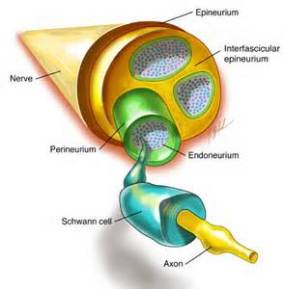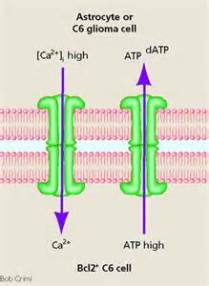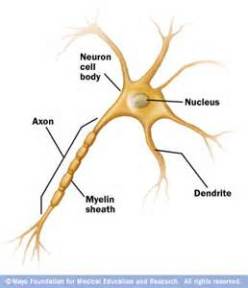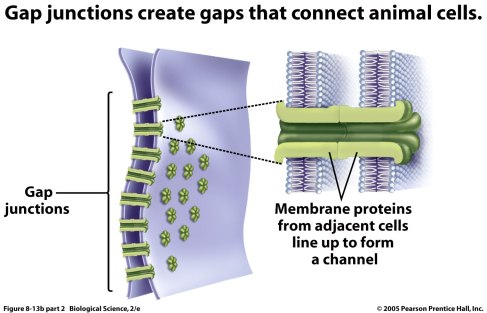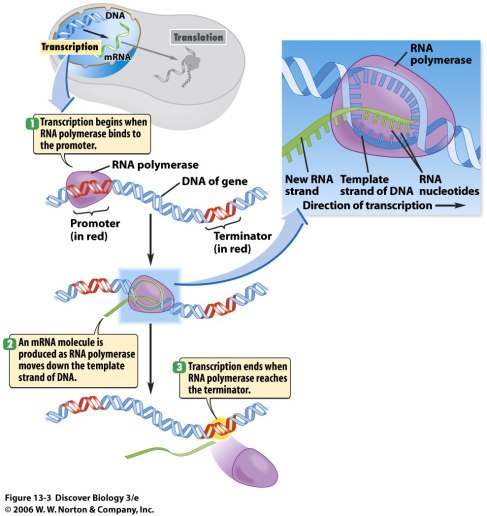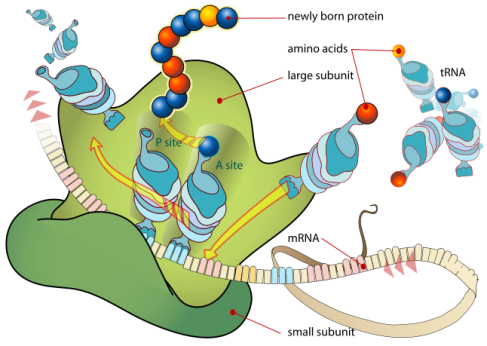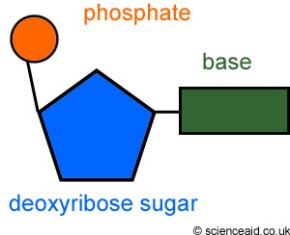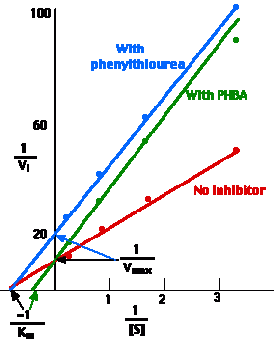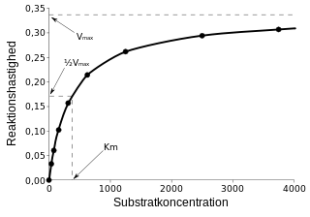1a) A model organism is one with a relatively simple biological composition and cycles. As such extensive research and studies have been conducted and collected over a period of time. Due to its simplicity, it is used to conduct research and explain cell biology.
Characteristics of a common model organisms including:
1) Rapid development with short life cycles,
2) Small adult size
3) Ready availability
4) Tractability
1b) I am a muscle cell, in a muscle tissue located in a muscle organ in a mouse.
2a) Personally I came about via mitosis, the process by which a cell with replicated chromosomes separated its chromosomes in its cell nucleus into two identical sets of chromosomes. After cytokinesis, my sister cell and I were produced as two daughter cells.

(http://genome.wellcome.ac.uk/doc_WTD020804.html)
My purpose as a muscle cell in the muscles involved in frequent contractile activity, I am heavily involved in respiration. Therefore my cell is rich in mitochondria which are known as the power houses of the cell.
As all cells do, my fate is differentiation where I will serve my main respiratory function, after I have served my time, I will replicate and undergo mitosis and create 2 new daughter cells. Finally my fate will be determination.
2b) Describe the structure of the chosen cell. (The detail in the components must indicate its relevance to the particular function of the cell)
Animal Cell
1) Nucleus
It is a spherical organelle. It ranges from 2-5 micron meter in diameter. It contains;
- Nuclear envelope ( gateway to the nucleus)
- Chromosomes ( genetic containers)
- Nucleolus ( preassembly point for ribosomes)
The nuclear envelope completely encloses the nucleus and separates the cell’s genetic material from the surrounding cytoplasm, serving as a barrier to prevent macromolecules from diffusing freely between the nucleoplasm and the cytoplasm. The outer nuclear membrane is continuous with the membrane of the rough endoplasmic reticulum, and is similarly studded with ribosome.
The Nucleus functions include;
- control centre of the cell
- processing inputs from cytoplasm
- storing and retrieving information
- carrying out instructions contained in genetic material
2) Cell membrane
All biological membranes have a common general structure thin film of lipid and protein molecules, held together mainly by non-covalent interactions. Membranes system specificity governed mostly by proteins associated with them.
Molecular properties of the membrane regulate membrane fluidity. Collision interactions are essential for transfer of substrate molecules. In addition, biological membranes are responsible for the transferring of signals; Electron Transport Chain and assembly of multipurpose complexes (transient or longer).
Cell membrane functions include;
- Permeability barrier
- Sensory organelle
- Medium of transport
3) Cytoplasm
The cytoplasm is an aqueous environment in the cell which aids in the movement of vesicles and organelles, as well as providing an aqueous environment for chemical reactions to take place.
4) Mitochondria
The structure of the mitochondria is demarked by the description below.
2 membranes
- fluid-filled space between 2 membranes
- internal fluid-filled space
Outer Membrane – has large aqueous channels made of a protein called porin – permeable to most small molecules”
Inner Membrane – impermeable to ions and small molecules except by specific membrane transport proteins
Note that the presence of the double membrane feature is to;
I. maximize SA on which chemical reactions occur, the inner membrane is folded, forming pockets called cristae.
II. while the inner membrane surrounds the matrix compartment, mitochondrial DNA, ribosomes, enzymes used in ATP production.
III. and the inter-membrane space between the inner and outer membranes maintains the hydrogen ion diffusion gradients required to generate ATP.
The function of mitochondria is;
- cellular respiration generate ATP
The greater the demand for energy in a cell, due to the function it is involved in, the more amount of mitochondria present in the cell.
5) Golgi Apparatus
The structure of this organelle is;
- Stack of membranous saccules
- Serves in the processing, packaging and distributing of molecules
The Golgi apparatus is integral in modifying, sorting, and packaging these macromolecules for cell secretion (exocytosis) or use within the cell. Its functions include;
•modifies proteins delivered from the rough endoplasmic reticulum
•involved in the transport of lipids around the cell
•the creation of lysosomes
•site of carbohydrate synthesis
6) Endoplasmic Reticulum
This is a membranous network of cisterns (sac-like structures) held together by the cytoskeleton. There are 2 types of ER;
- Rough ER is studded with ribosomes. The rough endoplasmic reticulum is studded with ribosomes on the cytosolic face. These are the sites of protein synthesis.
- Smooth ER lacks ribosomes. The smooth endoplasmic reticulum is a smooth network without the ribosomes. The smooth endoplasmic reticulum is concerned with lipid metabolism, carbohydrate metabolism, and detoxification.
7) Lysosomes
Lysosomes are cellular organelles (vesicles) that contain acid hydrolase enzymes that break down waste materials and cellular debris. They can be described as the stomach of the cell.
8) Peroxisomes
These are organelles (vesicles) found in all eukaryotic cells. They are involved in the catabolism of very long chain fatty acids, branched chain fatty acids, D-amino acids, polyamines, and biosynthesis of phospholipids.
